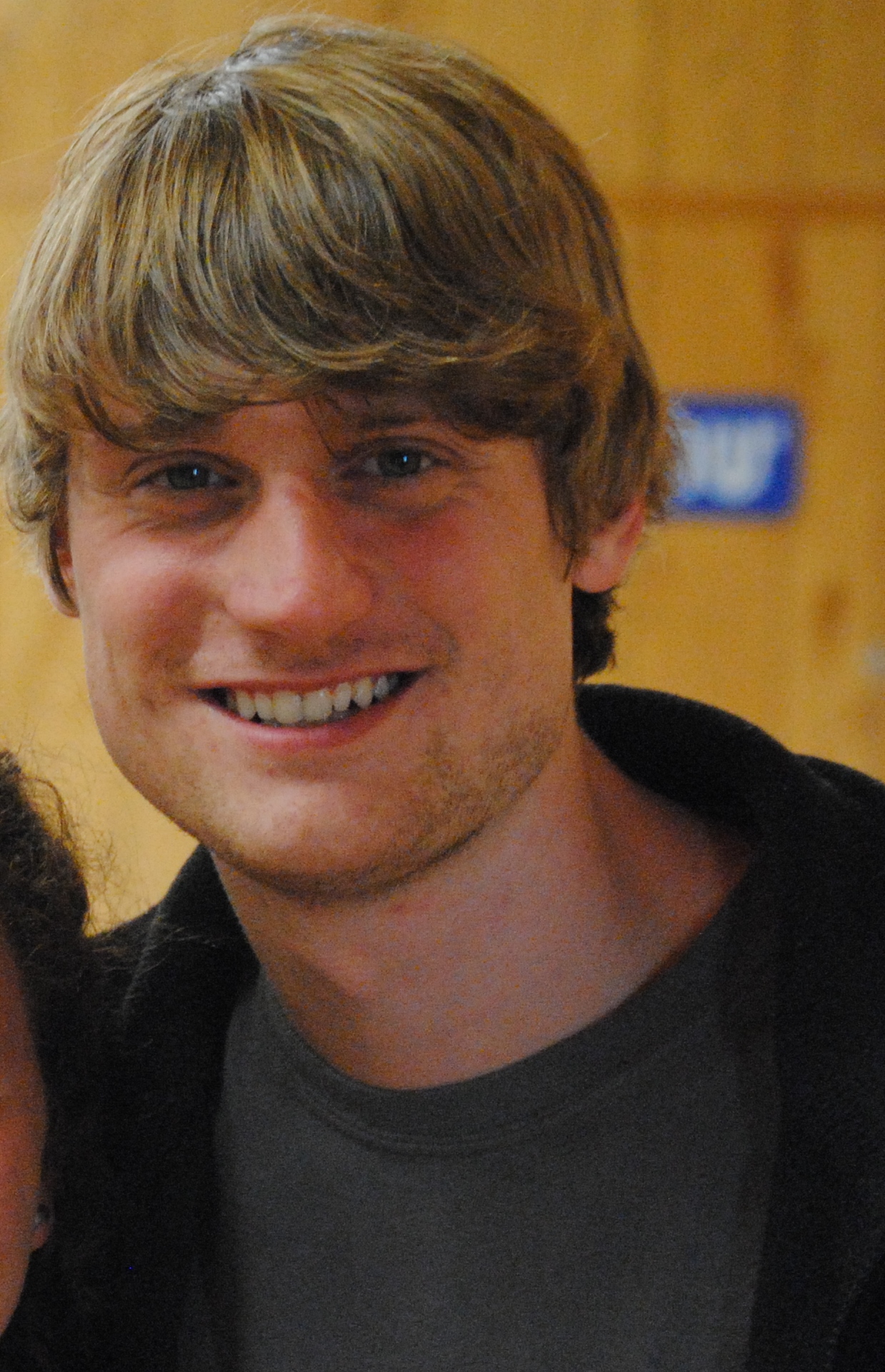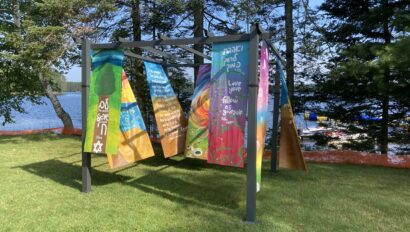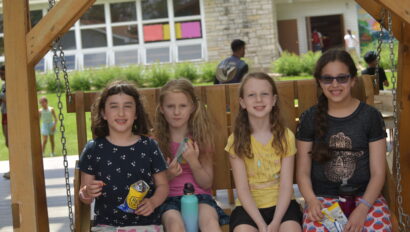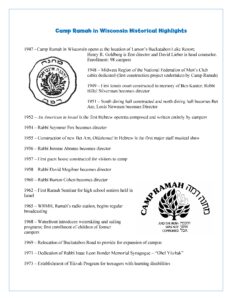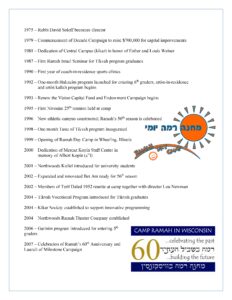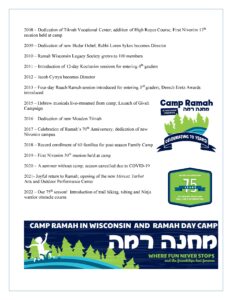Please enjoy a D’var Torah this week from Rosh Garinim Danny Stamos. A Ramahnik since 2004, Danny recently graduated from the University of Michigan with a Bachelor of Science in Biomolecular Sciences. Danny currently is research assistant at the Wicha Lab where he does research on the role that stems cells play in cancer. Danny was a Nivonim counselor last summer. Reflections on Parashat Emor by Danny Stamos
Parshat Emor opens with the seemingly innocuous line, “And the lord said unto Moses: Speak unto the priests the sons of Aaron, and say unto them….” At first glance this appears to be just another verse in Leviticus. How many times have we seen this set up before? Luckily the sages have a keener eye than I do and noticed the strange combination of “speak” and “say”. Wouldn’t it have been enough for God to just tell Moses “and say unto them”? Why does the Torah prolong this commandment by using two words that essentially mean the exact same thing?
Rashi tells us that the Torah uses “speak” and “say” as a way to symbolize the generational disconnect between Moses and Aaron, who are from the generation of Israelites that was born into slavery, and the new generation of Israelites born free after leaving Egypt. Thus, this commandment is not for Moses to speak to “the sons of Aaron” but to unify B’nai Israel (the Children of Israel) and enjoin the two generations.
Building on Rashi’s commentary, the Sages use the first verse of Emor to elucidate the relationship between teacher and student in education. The Hebrew word for “enjoin” is lehazhir, which also means “to illuminate”. Therefore, the phrase “to enjoin the elders regarding the youth” also translates “to illuminate the elders regarding the youth.” For those of us who have found ourselves in an educational role, the latter translation may resonate quite strongly. Education is a two-way street and even though we often think of education passing from teacher to student, learning and growth also go from student to teacher, often through the student’s own “illumination.”
As a counselor for four summers I have experienced the latter translation on many occasions. As staff members we go to camp to first and foremost keep the next generation of Jews safe and to educate them on how to be Jewish. At camp there is a clear difference between staff and camper and yet this difference is always bridged in part by the programming that goes on at camp. As counselors we work as hard as we can to make programs that we think will educate our campers in a fun way. But the best part of these programs is never the actual content. It is always what our campers make of them. Sometimes a camper will share a wholly unanticipated insight about a complex idea that we didn’t think they were capable of offering. Or sometimes our carefully planned program goes haywire and it takes us to a better place that we never intended. No matter what, the most impactful, insightful education always comes from the campers – without exception. Like gears in a machine, the counselor and camper interaction constantly churns out new learning for both parties.
The Ramah Wisconsin community is filled with some of the strongest relationships that I know and have. Many of the counselors and staff members that I had when I was a camper are now some of the people that I regard as my role models, mentors, and heroes. These incredible relationships that are forged every day at camp would not have been possible without the amazing two-way education that is one of the core values of Camp Ramah. In that way Ramah enjoins the elders and youth of B’nai Israel and we become one Jewish people.
